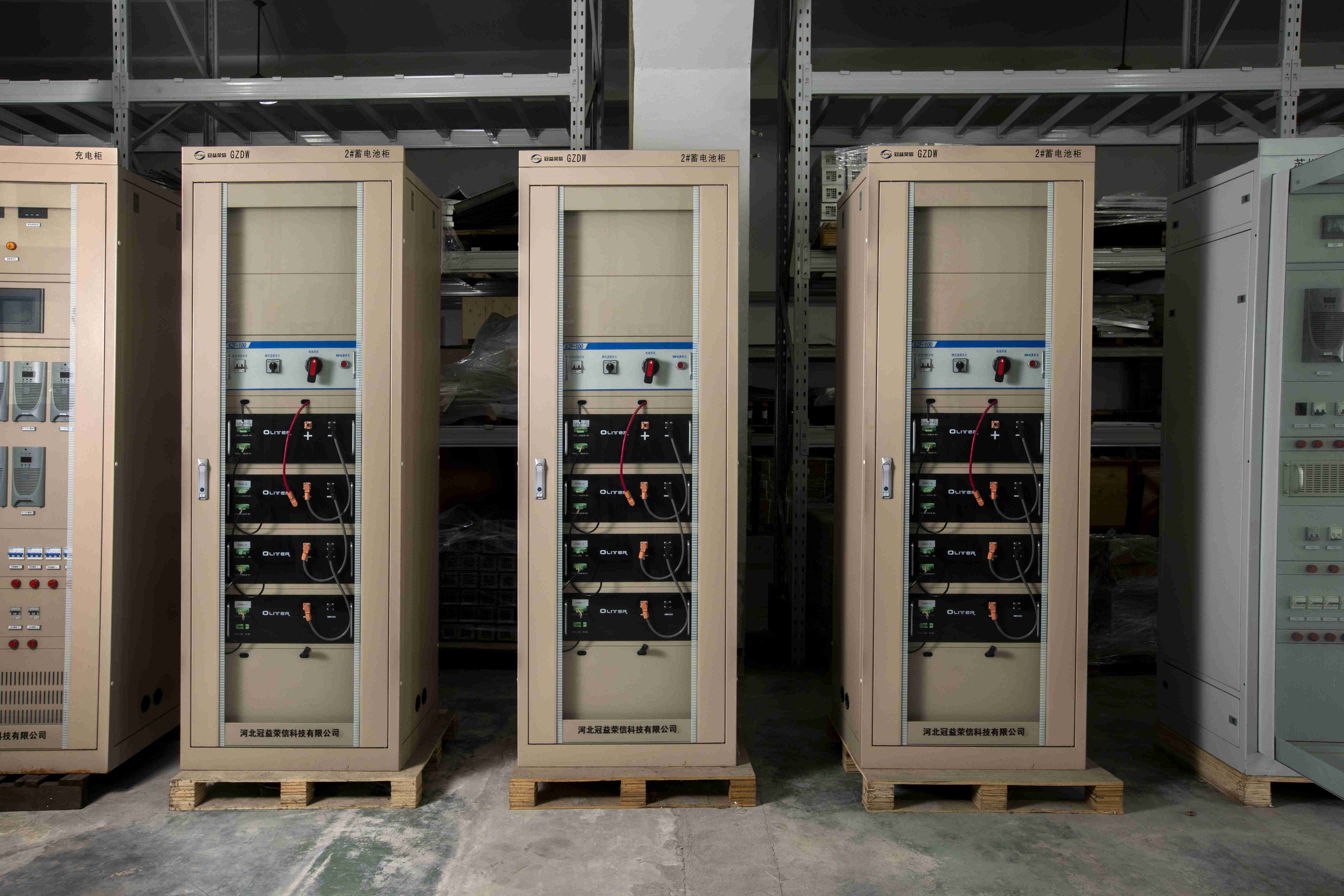
Jan . 08, 2024 16:27 Back to list
Intro to Energy Storage-energy storage systems
Energy storage can help the grid in so many ways – it allows us to save electricity for a more appropriate time or can be used in multiple applications to assist in balancing and maintaining the grid. While energy storage can be complicated, this paper is meant to break it into digestible pieces. The electricity grid is the centerpiece of the puzzle. The grid can be broken into three parts: generation, transmission, and distribution. In order to meet demand, utilities must be prepared to distribute electricity instantaneously, through a constant balance of supply and demand. The grid receives its electric current from electricity generation and in some cases from stored electricity through energy storage. In the simplest terms, energy generation controls time, from when and how we use it.
Energy storage applications can fall into all portions of the grid and can be helpful as a way to improve the overall energy grid.
Generation is where electricity is produced and energy storage applications can assist in various ways to ensure adequate electricity supply is available. Energy storage can supply energy when demand is larger than current supply, if there are any disruptions in traditional forms of generation, and at times when renewable resources are not generating electricity. One prime example of assisting in meeting demand is the use of storage during “peak,” where the demand reaches its highest point during the day. Rather than turn on a natural gas power plant to meet peak demand, storage applications can be used instead. Using storage in some cases can potentially reduce the carbon consumed or save in cost in some locations. In most cases, energy generation occurs far from population centers, which requires the generation to be transmitted across long distances.
Transmission lines then carry the generated electricity to be distributed. Energy storage applications can help in the meantime to help relieve congestion, potentially deferring transmission upgrades, and can provide grid stabilization and maintain continuous power supply. Distribution to customers occurs after being converted to a lower voltage from the transmission lines. Energy storage applications can also apply in distribution to provide backup power in case of outages, for microgrids, and in reducing demand charges for customers by providing additional electricity during peak demand.
-
AI-Powered EMS with GPT-4-Turbo | Efficiency Boost
NewsAug.01,2025
-
Optimized Storage System for GPT-4-Turbo | High Performance
NewsJul.31,2025
-
AI Energy Management System w/ GPT-4 Turbo Efficiency
NewsJul.31,2025
-
High-Performance Energy Storage System for Reliable Power Solutions
NewsJul.30,2025
-
Advanced EMS Solutions for Energy Management System & Storage Battery Companies
NewsJul.29,2025
-
Intelligent Energy Management for Homes - Efficient Storage Solutions
NewsJul.29,2025

























